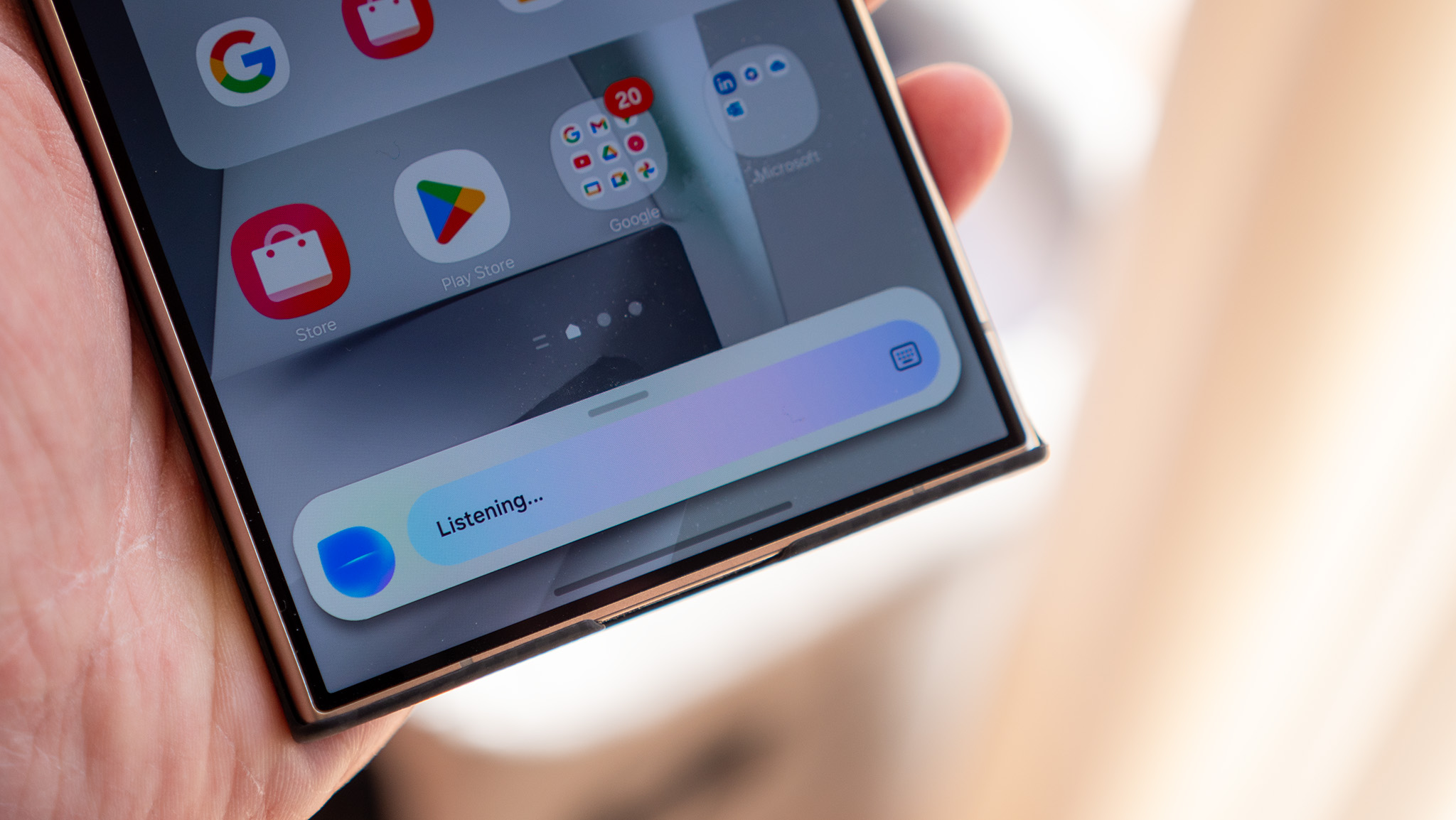What's an eSIM and why is it important for the future of mobile?
Some day, most phones won't even have a SIM card slot.
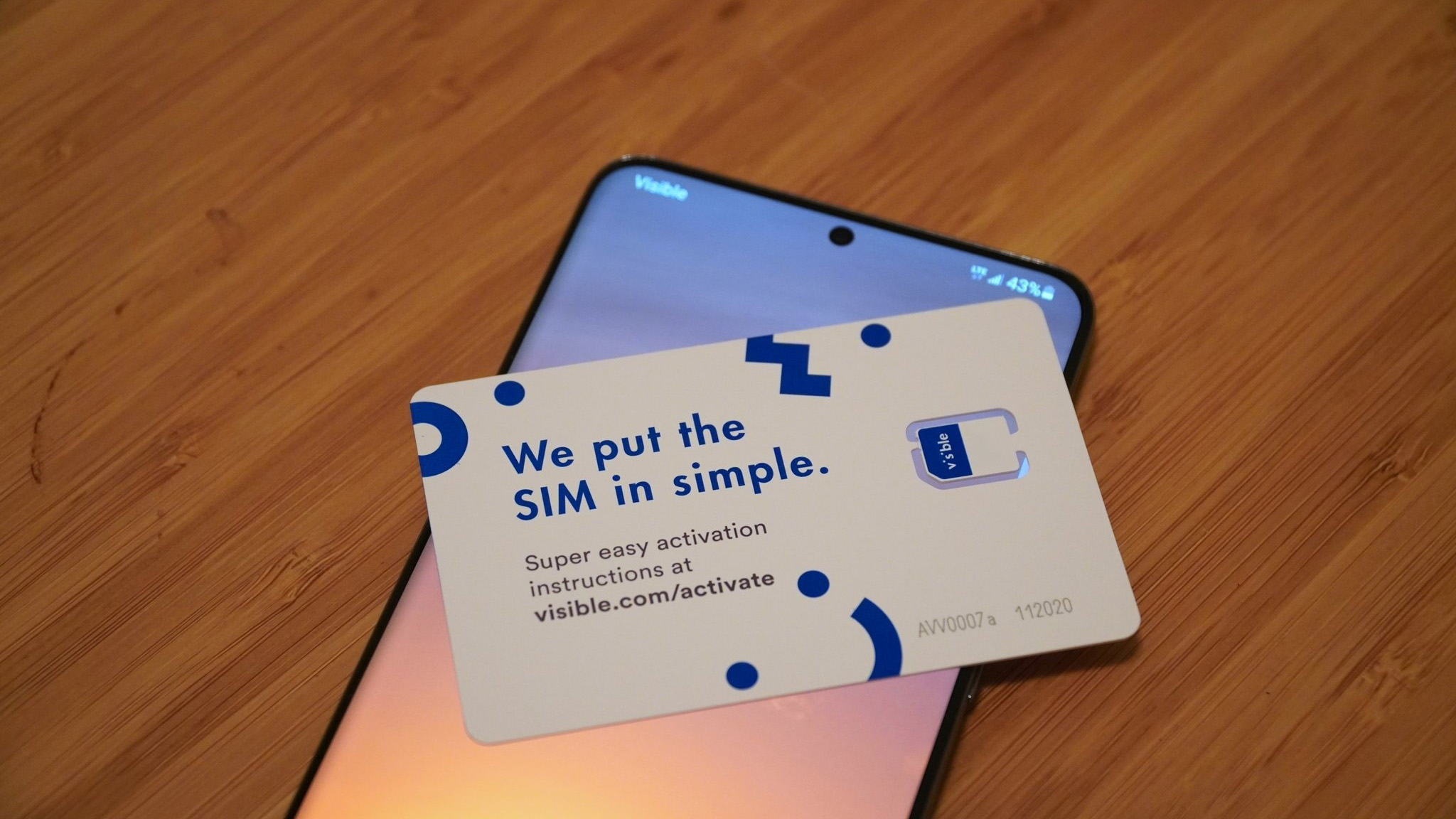
What is an eSIM?
An eSIM integrates the functions of a SIM card into a phone's hardware, making it easier and quicker to change phone service. Using an eSIM can also make it easier to manage multiple phone services on one device.
eSIMs aren't just a gimmick
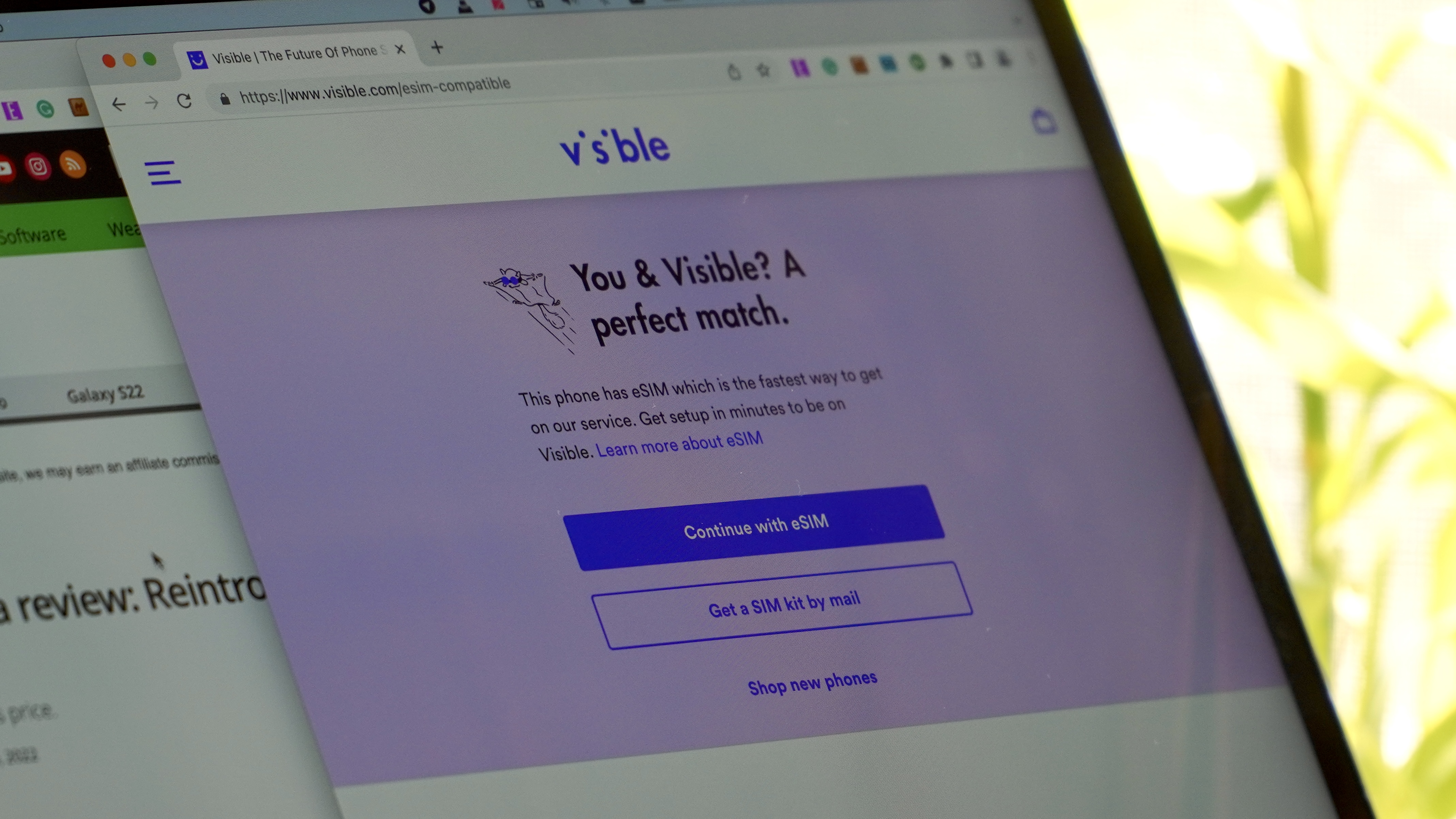
For those asking, "What is an eSIM and why is it important?" Most phones sold today, and in the past several years, come with a SIM card included or provided by your carrier to tell the phone how to connect to the network and what service it gets. These SIM cards look like small memory cards and usually slide into the side of your phone on a small tray.
Many of the best Android phones already offer the ability to use an eSIM, including those from Google and Samsung. However, Apple is the only company to release a phone without a physical SIM card tray. This was done with region-specific releases of both the iPhone 14 and iPhone 15, "forcing" users to rely on an eSIM instead of a physical SIM card.
A carrier can activate this eSIM to receive service without getting a specific SIM card from the carrier. Your eSIM could either be activated remotely by the carrier and, in some cases, could even be done automatically. Many of the best cell phone plans support eSIM though you may need to contact the carrier to get your eSIM information.
Why would I want an eSIM?
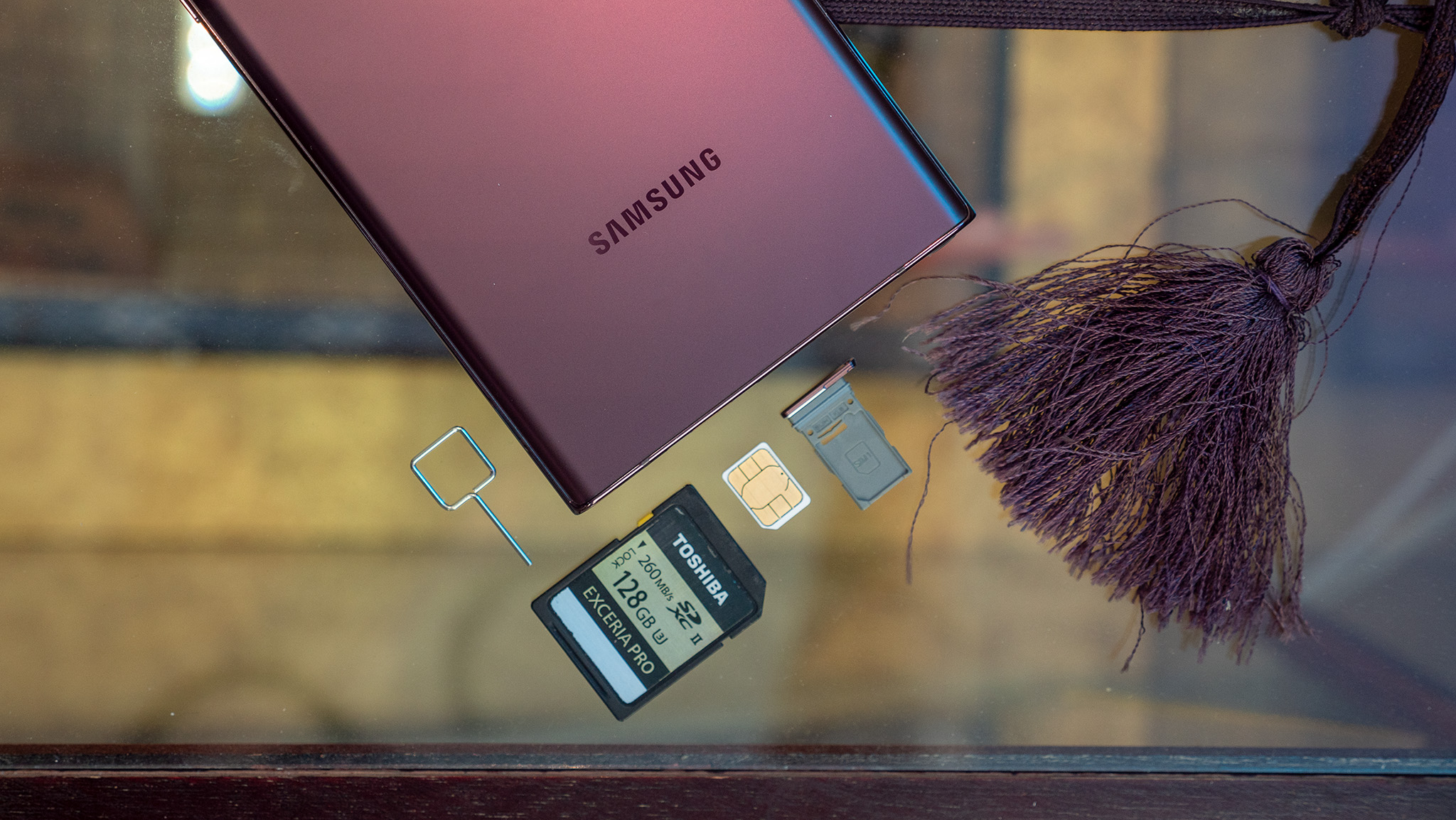
One of the biggest reasons someone would want to have an eSIM is easy access to new phone plans. In addition, some carriers provide phone service in an app and can activate services through your eSIM while you travel. This can allow you to keep your phone active on your standard line without risking massive roaming fees.
Some people may also want to have multiple numbers active on one phone. This can be great for someone who wants to manage a business phone number and a personal number simultaneously. It can also be a big help for someone who wants to make sure they have a solid connection in more places, thanks to accessing multiple networks.
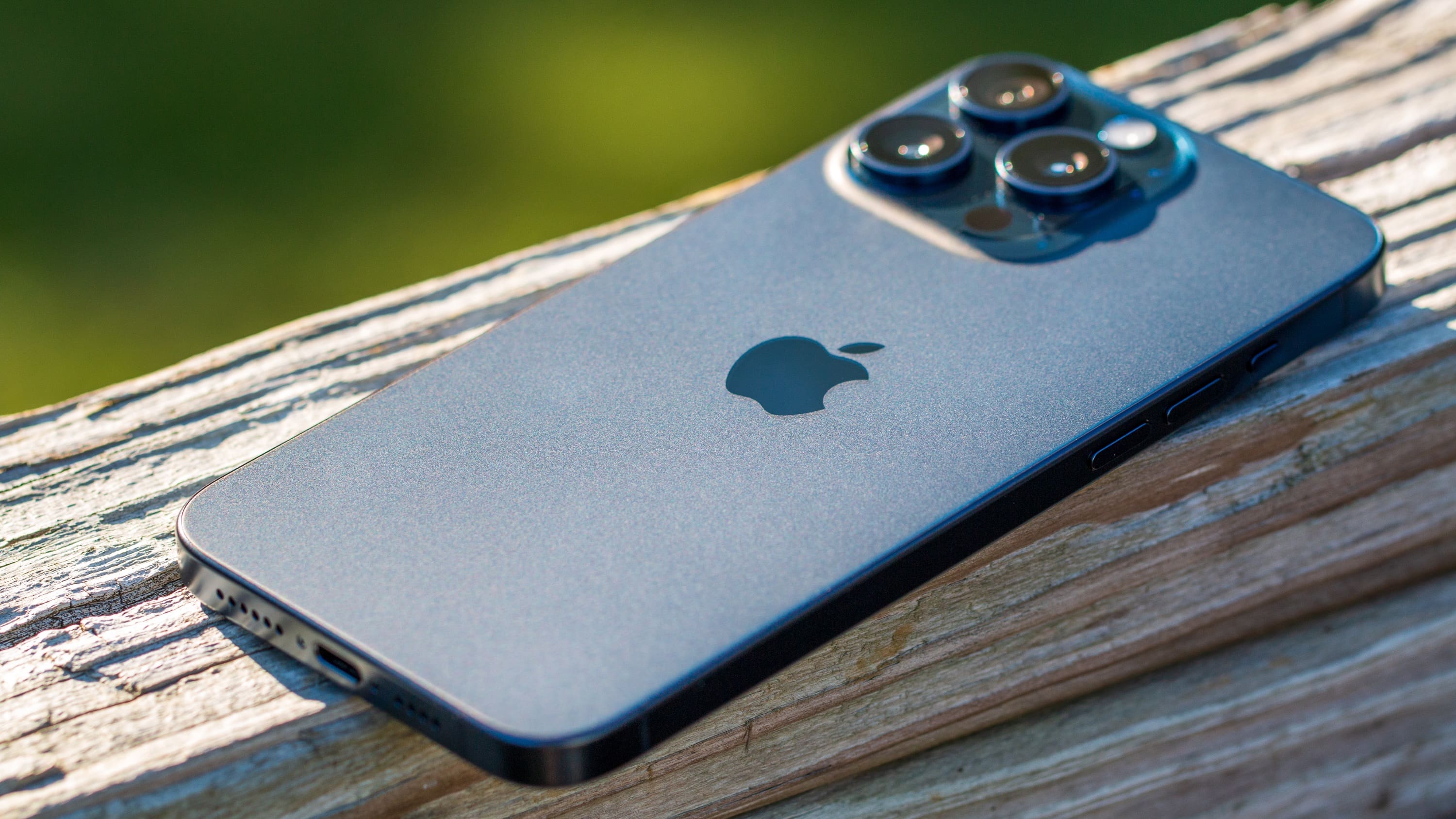
With some phones, it's possible to use both an eSIM and physical SIM at the same time. In doing so, you can quickly switch between SIM cards, or even set up your phone so data is handled by one, but messages and phone calls are handled by the other. It removes the need to carry two separate devices, while also being a great way to make use of Android's built-in Work Profile feature.
Having access to an eSIM in other devices such as smartwatches, tablets, or even notebook computers can make it easier to have data on those devices without worrying about which carrier you will use. Also, removing a physical opening in the side of a phone can improve water resistance since current SIM trays rely on a gasket to keep water out. If it doesn't get seated properly or deteriorates, water can get in.
Get the latest news from Android Central, your trusted companion in the world of Android
Why you might not want an eSIM
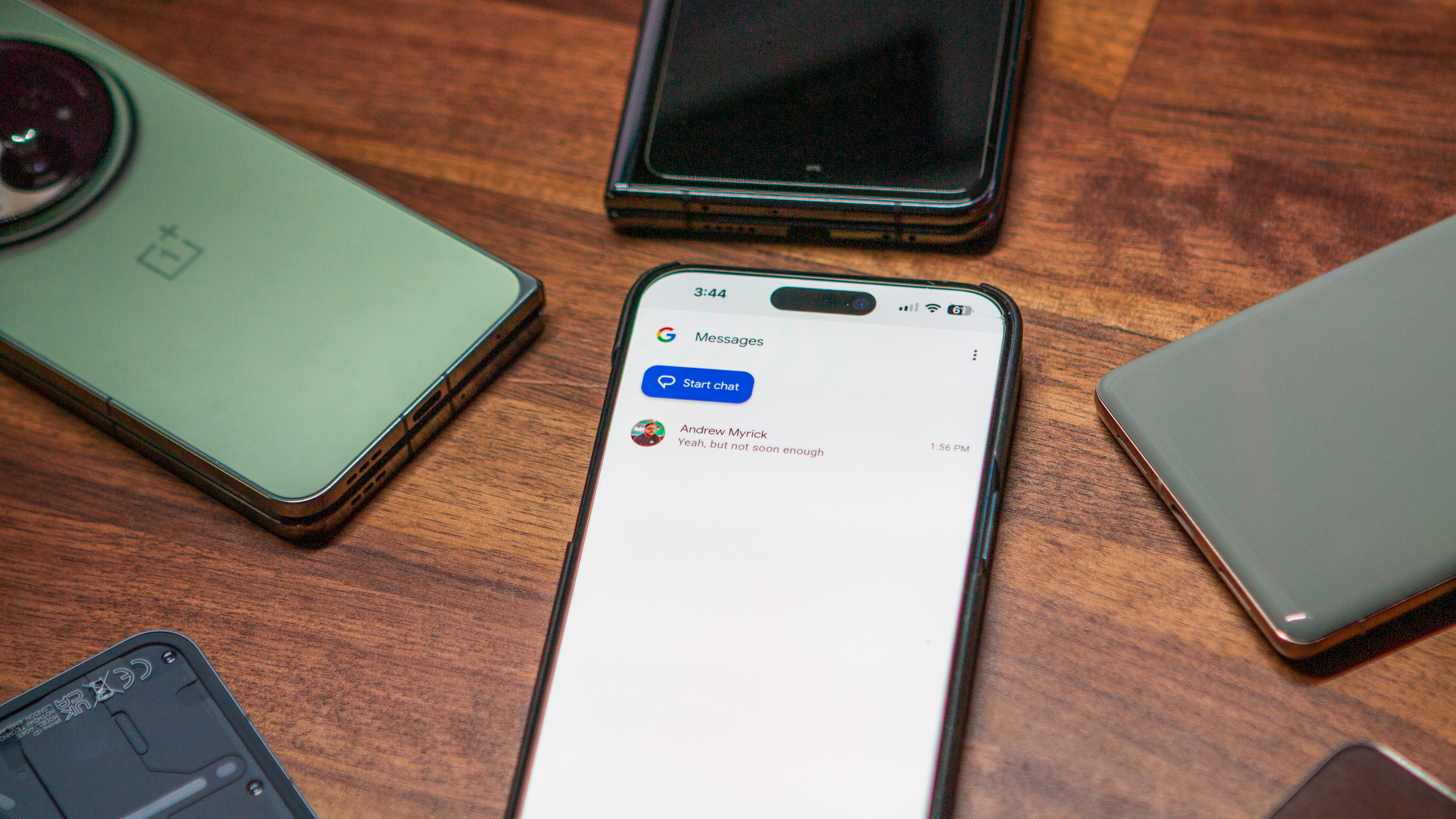
One of the main arguments against eSIMs is that people are afraid carriers will use the technology to lock phones out of activation on other carriers. While there is some plausibility to this, the end-user can now erase their eSIM on their own, making it possible to activate it on another carrier.
Another argument against using an eSIM is the potential difficulty when it comes to switching between devices. While it's fairly painless to go from the Galaxy S23 to the Galaxy S24, that hasn't been the case if you wanted to switch from the Galaxy S23 to a Pixel 8. Google announced its eSiM Transfer Tool at MWC 2023, but it remains limited in functionality, although, we expect that to change soon.
Bigger problems arise if you are attempting to move between an iPhone and an Android phone. In many cases, you will need to either reach out to your carrier's customer support or go into a physical location just to swap phones. This isn't as big of an issue for some carriers, but for others, it's potentially a massive headache.
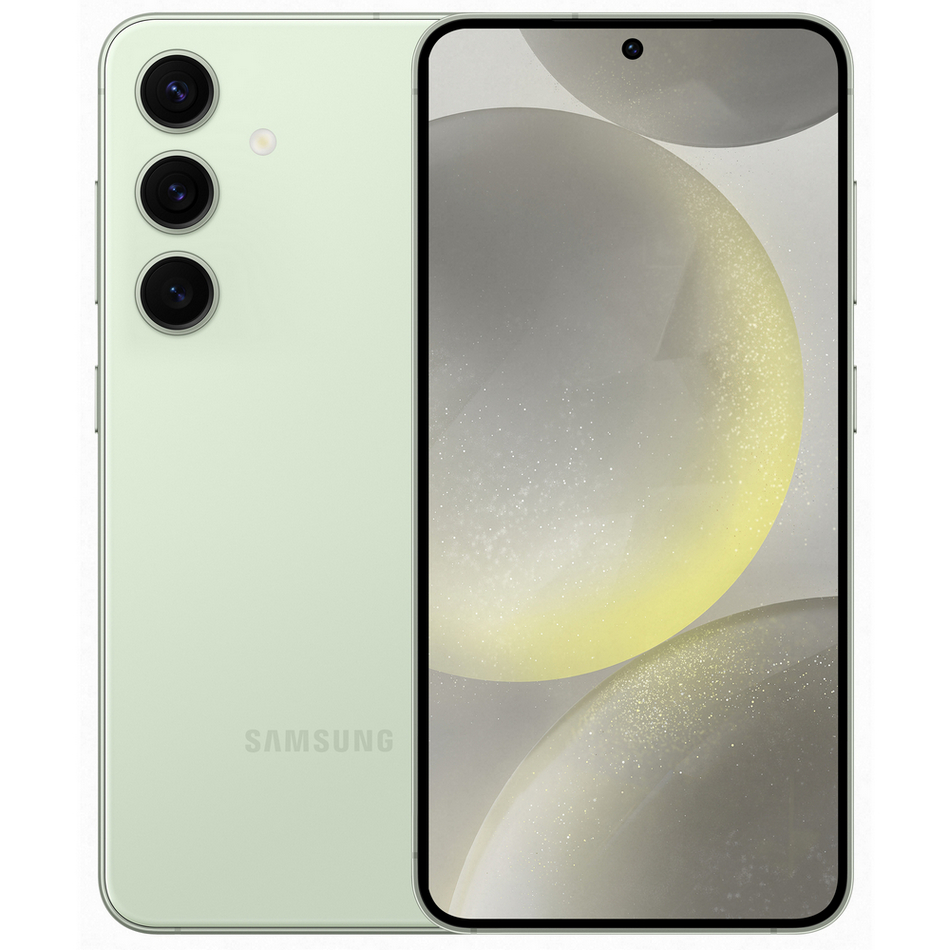
All about AI
Outside of the Galaxy S24 Ultra, Samsung didn't really change much up in the design department. Instead, there's a new focus on Galaxy AI, Google's Gemini Nano, all in an attempt to try and change the way we use our phones.

When Samuel is not writing about networking or 5G at Android Central, he spends most of his time researching computer components and obsessing over what CPU goes into the ultimate Windows 98 computer. It's the Pentium 3.
- Andrew MyrickSenior Editor — Smartphones (North America), Chromebooks & Tablets
